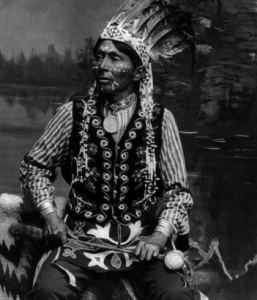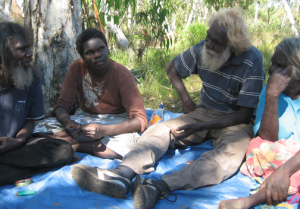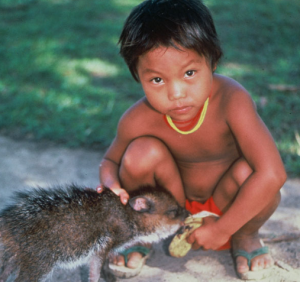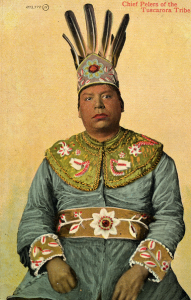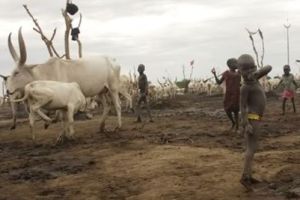One of the joys of being a native English-speaker is that it’s one of the most widely-spoken and understood languages in the world. However, not all languages are as lucky as English. As the world has become more and more globalized, the need to find universal languages that people around the world has become necessary. While this is a great thing for the world economy, it often-times comes at the expense of other languages, which fade away and get replaced with a more dominant tongue. This is, of course, nothing new, as languages have been fading out since the beginning of time. Nonetheless, watching a language fade into extinction can be a sad thing to watch. I recently came across an article that listed 11 obscure languages on the verge of extinction, listed below:
Ho-Chunk: This is the official language of the Winnebago tribe, native to Wisconsin and Nebraska. As of 2004, there were only 11 fluent speakers of Ho-Chunk, all of whom also spoke English.
Mullukmulluk: Since the last time data was collected, there were only nine fluent speakers of this Aboriginal language in northern Australia. However, this was also 27 years ago, so these numbers could very well have gone down.
Akurio: In the remote jungles of Suriname live the Akurio, a nearly extinct population of Amerindians with a population of just about 50. Only 10 of them are monolingual Akurio speakers, the other 40 or so are bilingual with a neighboring langauge, Trió.
El Molo: Out of the 700 members of the El Molo tribe of Kenya, only eight elders still know the old language, but rarely use it. Since the last count was conducted some 20 years ago, it’s possible that El Molo could already be extinct.
Marti Ke: There are roughly three monolingual Marti Ke speakers left in Australia. A handful of elderly people are fluent, but mostly speak English, Murrinh Patha or Kriol.
Tuscarora: The Tuscarora are descended from one of the tribes that made up the Iroquois Confederacy, an Indian state in upstate New York that dominated America’s northern frontier region for most of the colonial era. From these mighty beginnings, the Tuscarora people are scattered throughout reservations in Ontario and western New York State. There are currently seven Tuscarora speakers on the Six Nations Reserve in Ontario, and four native Tuscarora speakers in the US.
Njerep: In the remote region straddling Cameroon and Nigeria, most people have adopted the Mambila language for the sake of communication. However, 6 members of the Njerep have stubbornly refused to learn Mambila, and remain the last speakers of their tongue.
Jabutí: Also called Jabotí, Yabutí and Djeoromitxi, this Brazilian language only has five fluent speakers, although there are as many as 30 people who are conversational.
Tehuelche: The Tehuelche are a nomadic tribe in the remote Chile-Argentina border region. As of 2000, there are only four known speakers of this language.
Tinigua: This language isolate, spoken in Colombia, isn’t a derivative of any known language. Threatened by extinction, a 2000 survey counted only two people who spoke it.

Mapia: Since much of the native population of the Mapia islands emigrated to Micronesia, these islands remain sparsely populated, and most inhabitants have adopted other languages, such as Palauan, Tobian or Sonsorol. There is only one known Mapian speaker.
